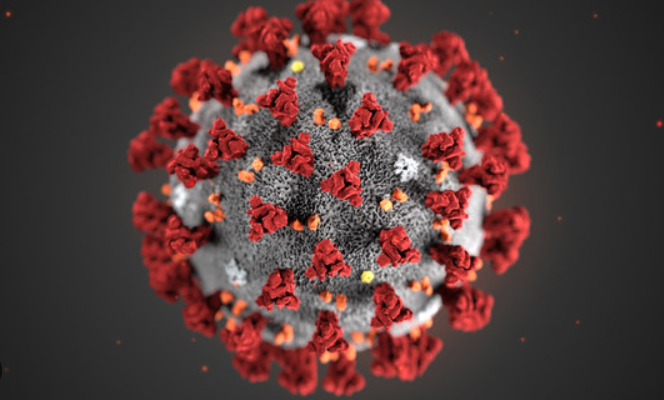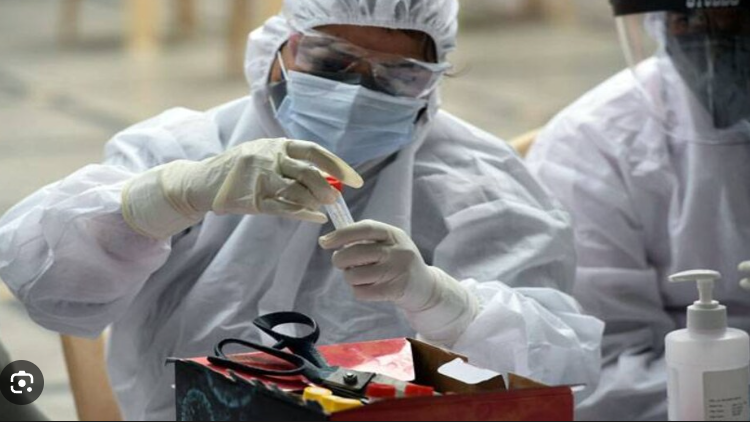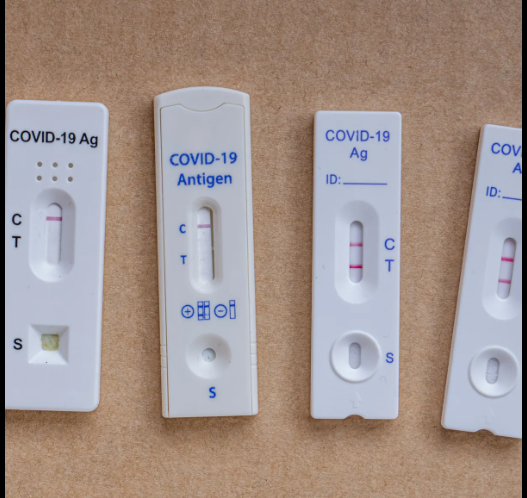There are now more patients in hospitals. Due to a new variety, Google searches have doubled in the past month and booster shots have been moved up. Maybe everything has a 2021 vibe to it. But how much do we really need to worry about COVID these days?

What does it reveal about the virus, exactly? According to Stuart McDonald, an actuary with the consulting firm LCP who has thoroughly examined the data since the pandemic began, it tells him that the disease is growing and that it still has the potential to make people very ill.
3,019 hospital beds in England were occupied by a Covid patient on September 17. This figure, which has increased threefold since July but decreased last week, is still far below the 33,000 recorded at the second wave’s apex in 2021.

A third of those patients were primarily receiving treatment for the illness, and the majority of those who tested positive after being admitted for another cause.
Why do some people get an illness from covid?

We can very roughly estimate the amount of virus in circulation and whether infection rates are rising or declining by looking at hospital statistics.
Then, a variety of complicated factors, including genetics, age, way of life, and environment, determine how likely we are to contract it and how ill we become.
About 10% of people, according to research this year published in the journal Nature, have a gene that enables them to detect and get rid of viruses even before they start to show symptoms like a cough, sore throat, or fever.

Depending on our history with vaccinations and our exposure to the disease over the past four years, we have all developed varying levels of immunity.
No two persons in the nation have a similar history of vaccines and Covid exposure, according to Mr. McDonald.
In light of this, I believe it is now harder than ever to anticipate what will happen next.
Soon after an infection or a vaccination, that immunity starts to decline. This is where the virus differs from diseases like measles or polio, when childhood vaccinations can provide lifetime protection.
protection from being caught Covid will likely only last a few months at most, despite evidence that severe illness protection lasts longer.

That is partially due to the virus’s ongoing evolution.
Different forms, or variations, that have undergone numerous genetic modifications have propelled previous waves.
These alterations may change the virus’s behavior, such as causing it to propagate more quickly.
However, more importantly, they may also make it more difficult for human immune systems, which have been trained to react to those older strains, to identify and combat.
Different forms, or variations, that have undergone numerous genetic modifications have propelled previous waves.
How concerned ought we to be covid?

The time has come, according to Prof. Richter, to start thinking of COVID more like the flu, where new strains of the illness, some of which are worse than others, arrive every year and new vaccines are released for the most recent winter strain.
According to her, Covid will continue to be a concern for the most vulnerable people as well as hospitals, which will continue to face fresh waves of illness.
We have both awful and excellent flu seasons, she explains.
“There’s a good chance that once every four or five years, we’re going to have a bad dose [of Covid] and we’re going to need to go to bed for a few days, but other than that, I think it will be fine for most of us most of the time,” the doctor said.
On a trip to Turkey this month with her family, Sam, an IT professional from north London, managed to contract infection number three.
The first time, she recalls, “was really awful; the second, it felt like the flu; but by the third, I didn’t really think about it.”
“I just had a dang stinker of a cold and was all bunged up.”
This is possibly what scientists meant when they said that we would eventually have to adapt to living with Covid at the very beginning of the pandemic.
The virus is still present.
But perhaps it is already blending into the backdrop of our daily lives.
images source-google




































